Alabama Agriculture
Alabama Agriculture has changed dramatically since the mid-1960’s, when cotton controlled the state, and it was officially known as the “Cotton State”.
By the year 1914 this historic state had a whopping 4 million acres planted in cotton, however, by the year 2015, that has dramatically dropped to just 1.5 million acres.
As time has progressed and production has improved, things have really changed and diversified.
Depending on which geographic region you may be in, farmers today may grow some of the different commodity products.
They include poultry, cattle, peanuts, pecans, peaches, as well as catfish and fresh inland shrimp.
Cotton is still being grown, just not like it was, as independent farmers today may grow crops on more than 2,000 acres with only 3-4 trained and well-paid workers.
Most farmers will also rotate their crops with some of the above mentioned, or that has become their primary crop.
However, there is one thing that is constant; farmers constantly strive to protect their soil and reduce erosion.
They till as little as possible, in order to leave as much plant residue as they can, on the surface to protect their precious soil.
Today the landscape of the state is dominated by numerous and different environments, that has radically changed the Alabama agriculture.
This includes woodlands, pine plantations, far fewer pasturelands and hayfields, as well as small rural suburban areas, most of which now stretch between major metropolitan areas.
However, in the year 2015, there were still close to 43,000 farmers working more than almost 9 million acres, bringing in a whopping 5.5 billion worth of newer commodities.
The History of Alabama Agriculture
 Cotton Fields in Alabama
Cotton Fields in AlabamaAlabama Agriculture has been practiced in this historic state for centuries, beginning with the Prehistoric Native Americans, who cut and burned forests to make room for their corns, beans, and squash.
This caused vast areas of open “savannahs”, as a result of these hand-made fires, and that is what the Early European travelers saw.
The early settlers in the state, called the “territorial period”, begin to establish their farms near rivers to move their product.
The type of agriculture they developed was associated to the types of soil, and this changed depending on the geographic region you were in.
Settlers moving from states like Tennessee and Kentucky found the clayey limestone soil in the northern part of the state, which was very favorable.
Settlers that moved to the Piedmont area, along the east-central part of the state, discovered hilly land the washed away very easily after plowing.
However, when they arrived in what is today known as the Black Belt Region, they hit pay dirt so to speak, because of the dark clayey soils and nearby rivers.
History tells us that this land area would become prime-plantation land, and the crop of “cotton” would become king.
The Growth of Cotton in Alabama Agriculture
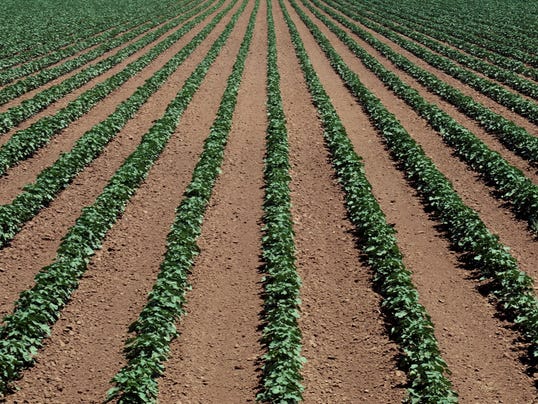 Crops Growing in the Fields
Crops Growing in the FieldsAlabama Agriculture and the cotton crops were also tried on the sandy soils on the Cumberland Plateau, as well as the Coastal Plain.
However, it was nowhere near as productive there, as fertilizer and lime had yet to be used in the state.
History also tells us that chattel slavery, “full slavery”, and other events in the late 18th and 19th century, dramatically changed the state’s early auriculate.
Then, in 1794, Eli Whitney developed the first new type of cotton gin, which again changed the industry.
By 1819, because of the numerous rivers in the state, these “cotton crops” could easily be sent not only to other southern states, but to Europe and the powerful New England markets.
However, when the Civil War hit, the numerous plantations and their “full slavery” were severely hit, and was replaced eventually with “sharecropping.”
Also, during these times, the only other major crop grown was corn, and that was used to feed the livestock.
The Changes in Alabama Agriculture
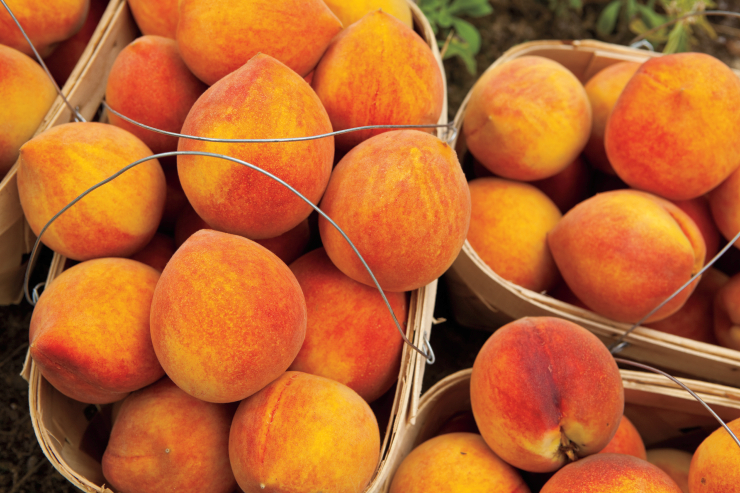 Peaches in Alabama
Peaches in AlabamaThe State of Alabama was one of the first southern states to take full advantage of the 1862 federal “Morrill Act”, which created land-grant “agricultural and mechanical” universities.
The East Alabama Male College, now the University of Auburn was the first, in 1872, and in 1881 Tuskegee Institute was founded.
This brought us the Tuskegee scientist George Washing Carver, who brought “peanuts” to the sandy and infertile soils in the southeastern part of the state.
However, the real and dramatic change to cotton production in both Alabama and the south was the “Mexican Boll Weevil”.
This insect hit hard and reached this state in 1910 and was first discovered in western Mobile County.
It devastated the cotton industry by over a million acres and was not fully eradicated fully until the mid-1990’s, when the boll weevil eradication program was implemented.
Although cotton was still dominate after World War II, peanuts emerged, as well as peach and pecan orchards.
Cattle and Livestock also emerged with the conversion of some of the Black Belt cotton farms into grasslands, and the introduction of a new grassing grass.
Cotton farmers hated this new grass, a tall perennial Mediterranean grass and treated it like a weed, but the cattlemen loved it, as it provided grazing for their cattle.
Regional Alabama Agriculture
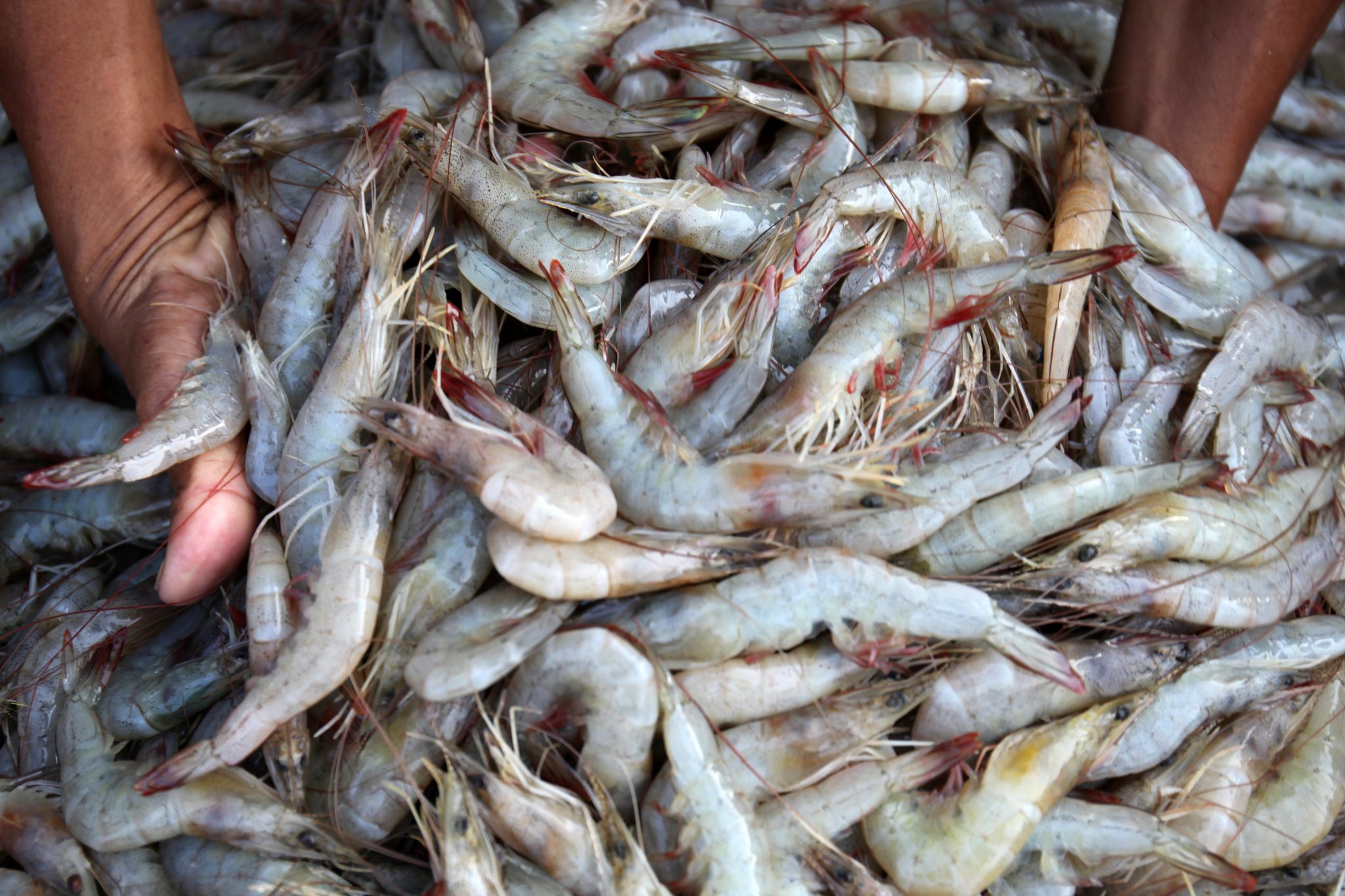 Shrimp Farming in Alabama
Shrimp Farming in AlabamaAs the 20th century progressed, the economy changed from agriculture to industry, as machinery replaced human labor.
By the 1970’s, much of the cotton land had been planted with pine trees or converted to pastureland.
Soybeans begin to boom, as well as chickens.
The Regional Alabama Agriculture is made up of the following areas:
- Wiregrass
- Black Belt
- Upper Coastal Plain
- Cumberland Plateau
- Tennessee Valley
- The Piedmont
The Wiregrass area is in the southeastern region of the Alabama Coastal plain, and contains some cotton, peanuts, cattle, soybeans and vegetables.
The Black Belt area is located in the central part of the state, and is made up of cattle, catfish farms, as well a shrimp farming, both of which are doing very well.
The Upper Coastal Plain includes Autauga, Elmore, and Dallas counties, and is famous for Chilton County peaches as well as vegetables.
The Cumberland Plateau is in the northeastern part of the state and is rich with poultry farms and fruits and vegetables.
The Tennessee Valley, located in north central Alabama, has cotton, soybeans, and corn.
The Piedmont of the eastern part of the state, where cotton used to be king, now has tree farms, hayfields, and poultry.
Alabama Agriculture is alive and well, and some of the best in the entire county.
References
Agriculture in Alabama | Encyclopedia of Alabama
Alabama Agriculture & Industries
Related Pages
Cotton in Alabama was the driving economic force that helped to create this historic state to what it now is.
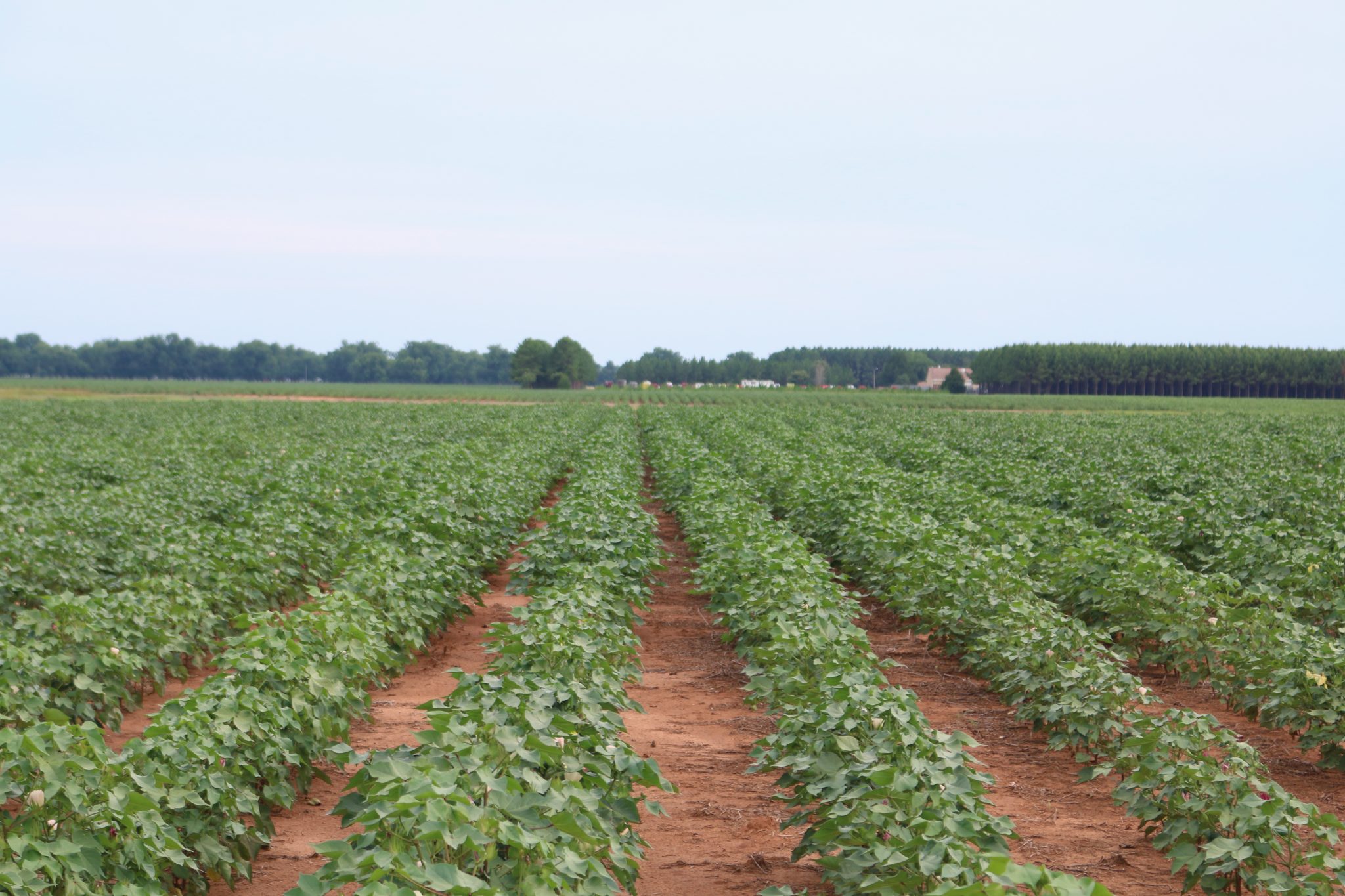 Cotton Fields in Alabama
Cotton Fields in AlabamaContinue Reading About Cotton in Alabama
The Catfish Industry of Alabama
The Catfish Industry of Alabama is not a well-known fact outside of the state’s Black Belt region, but it is a thriving and interesting industry.
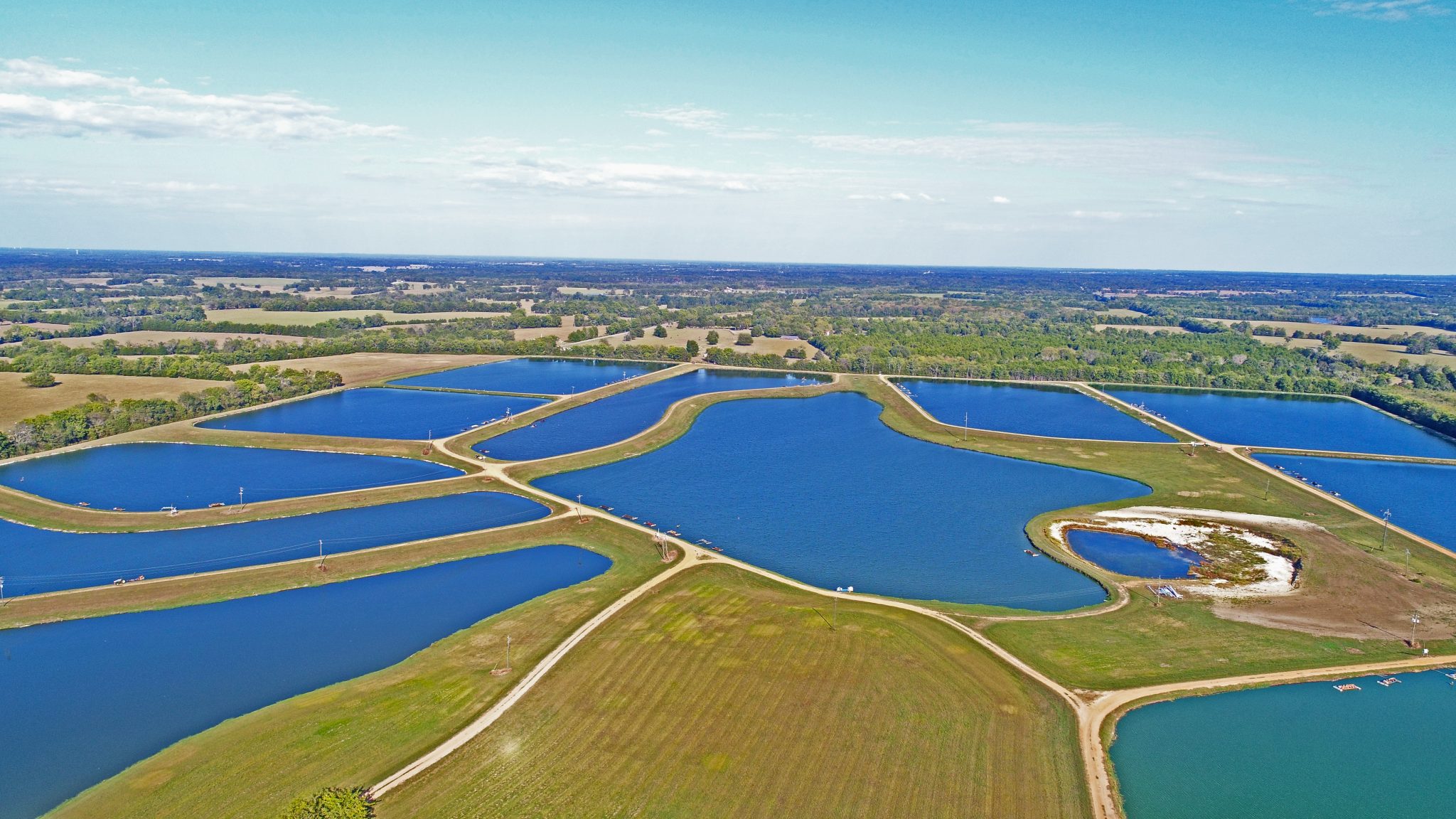 Catfish Farm
Catfish FarmContinue Reading About the Catfish Industry of Alabama
The Cattle Industry in Alabama
The Cattle Industry in Alabama is one of the main strengths of agriculture in the state, and over the years has undergone numerous transitions.
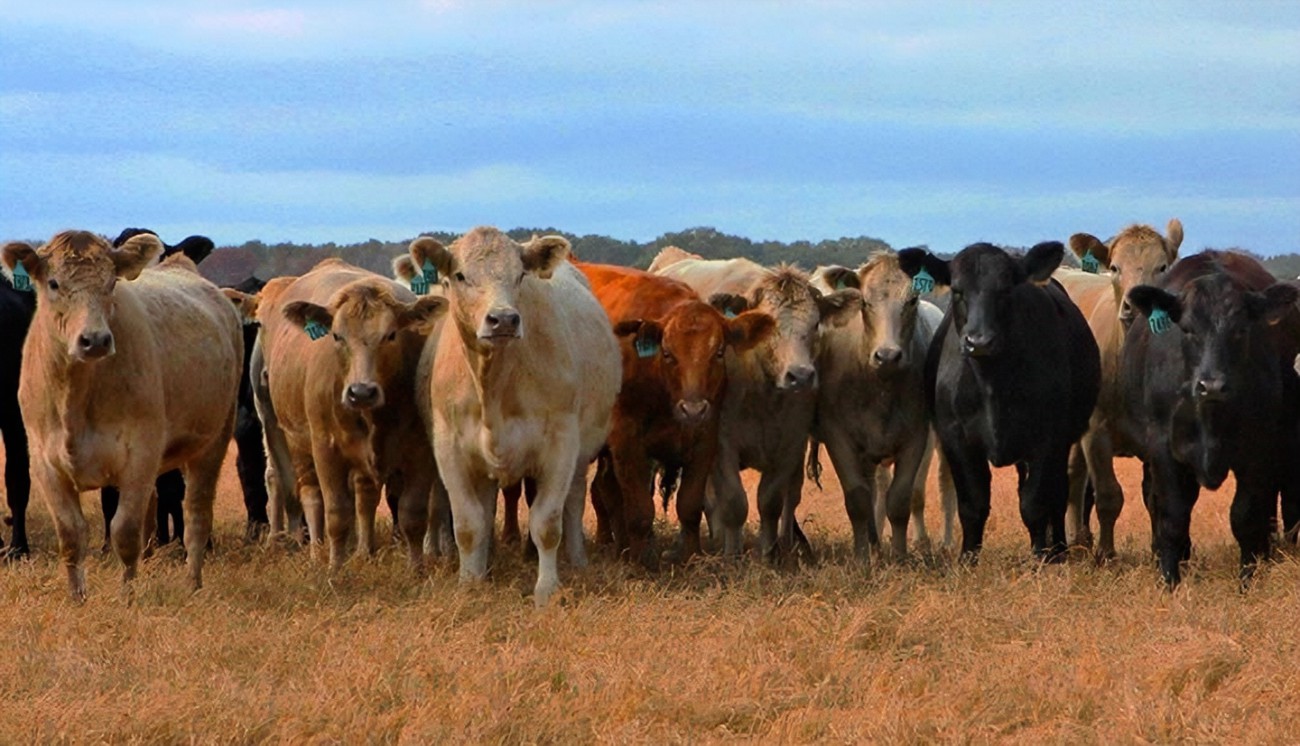 Cattle Herding in Alabama
Cattle Herding in AlabamaContinue Reading About the Cattle Industry in Alabama
Peach growing in Alabama dates all the way back to the mid-19th century and has provided income and alternatives for farmers in addition to other basics products, such as cotton and corn.
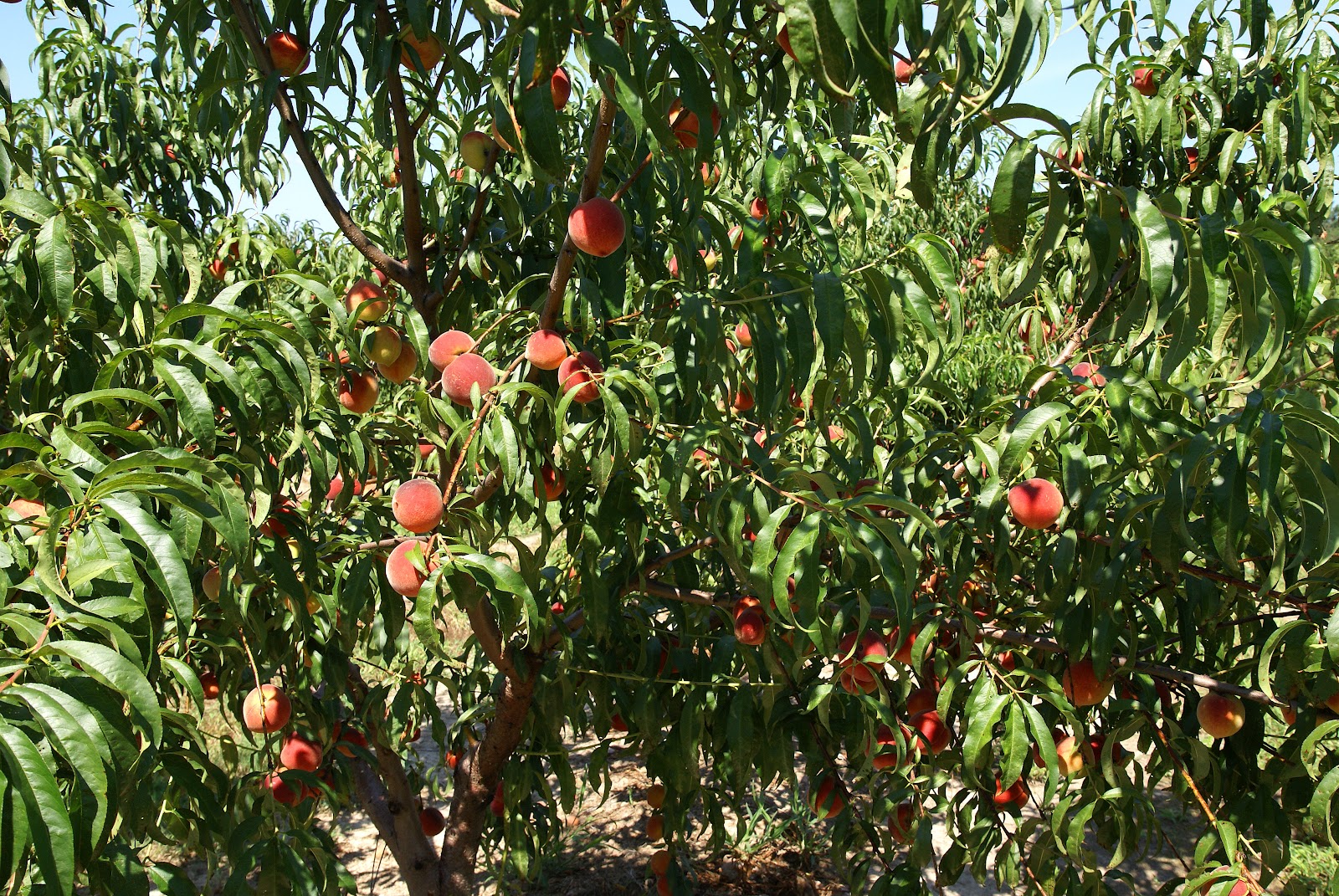 Peach Trees
Peach TreesContinue Reading About Peach Growing in Alabama
Peanut Production in Alabama is a huge business, as this historic state harvests over 400 million pounds of this valuable commodity.
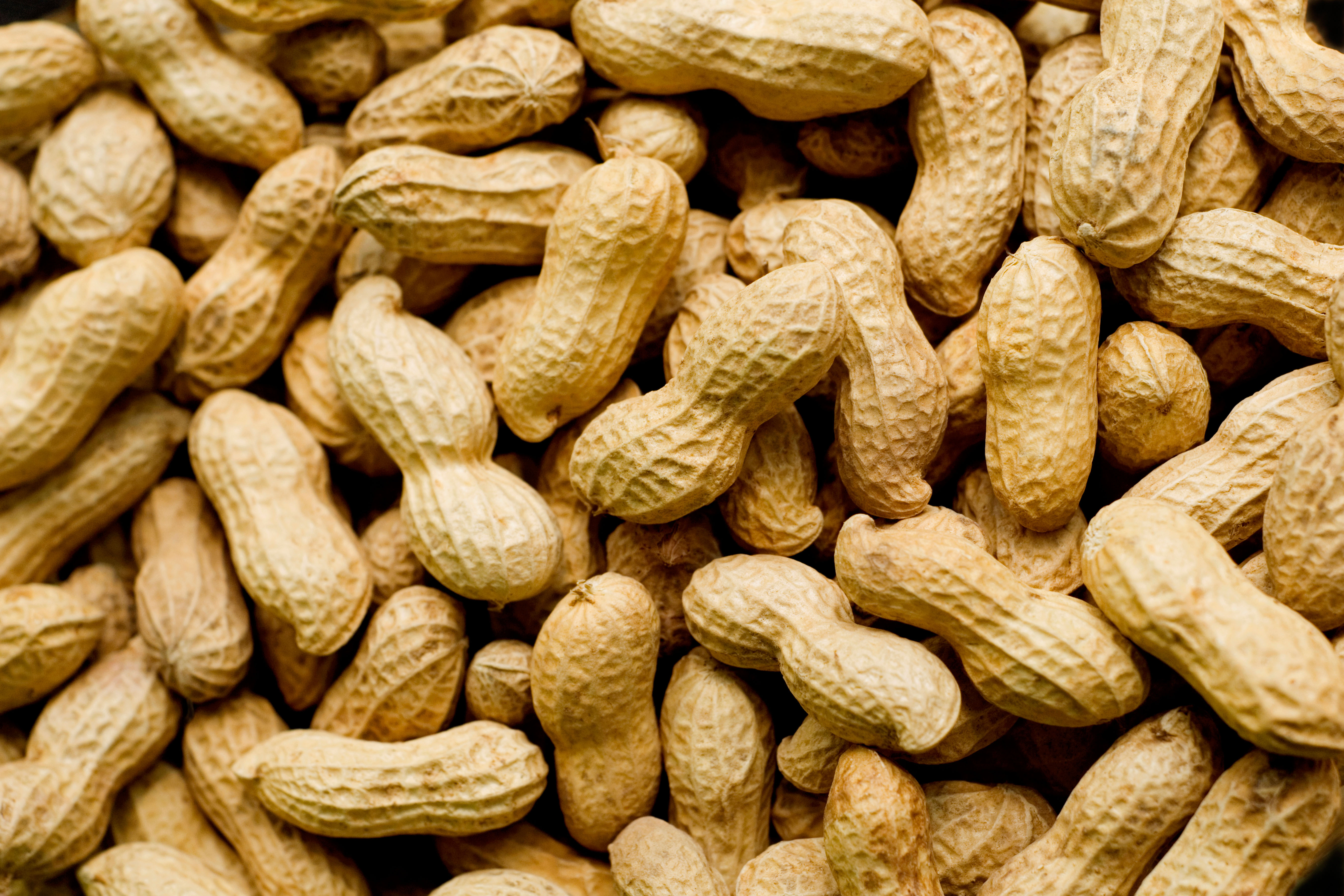 Alabama Peanut Growing
Alabama Peanut GrowingContinue Reading About Peanut Production in Alabama
Pecan Production in Alabama has a very long and storied history, but recent events in the state have really hurt this important industry.
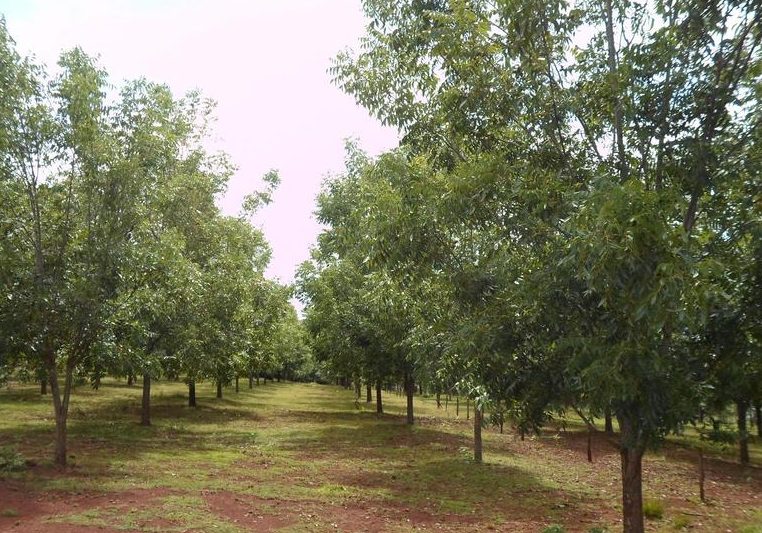 Pecan Tree Orchard
Pecan Tree OrchardContinue Reading About Pecan Production in Alabama
Poultry production in Alabama has a very long and storied history, and today it is a thriving enterprise.
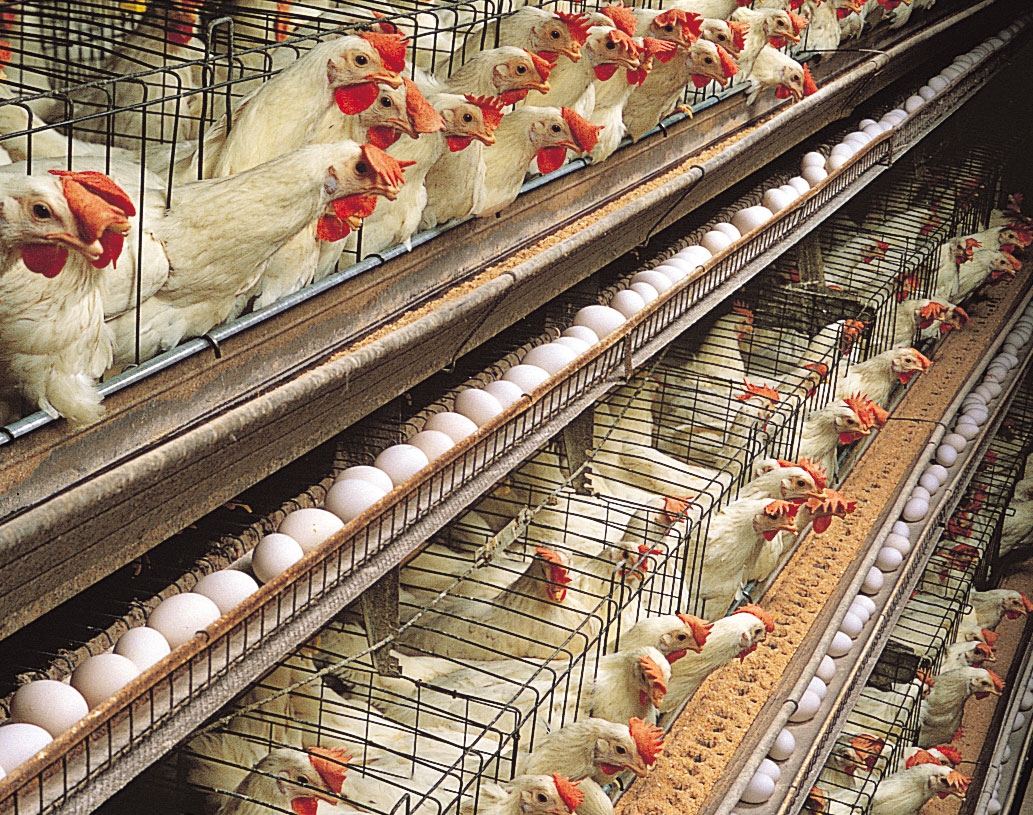 Alabama Poultry Farm
Alabama Poultry FarmContinue Reading About Poultry Production in Alabama
Alabama shrimp farming is still relatively new to this state, as it did not start until about 20 years ago, in the year 1999.
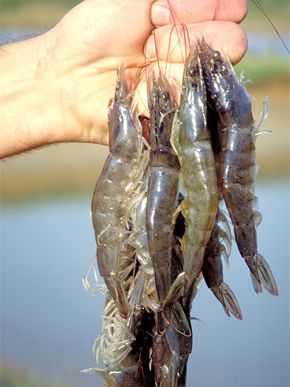 Alabama Shrimp
Alabama ShrimpContinue Reading About the Alabama Shrimp Farming

Alabama Gift Store
Numerous Items for You and Your Family to Enjoy
See it here at the Gift Store
Copyright 2019-2023 Alabamabackroads.com
All Rights Reserved
















